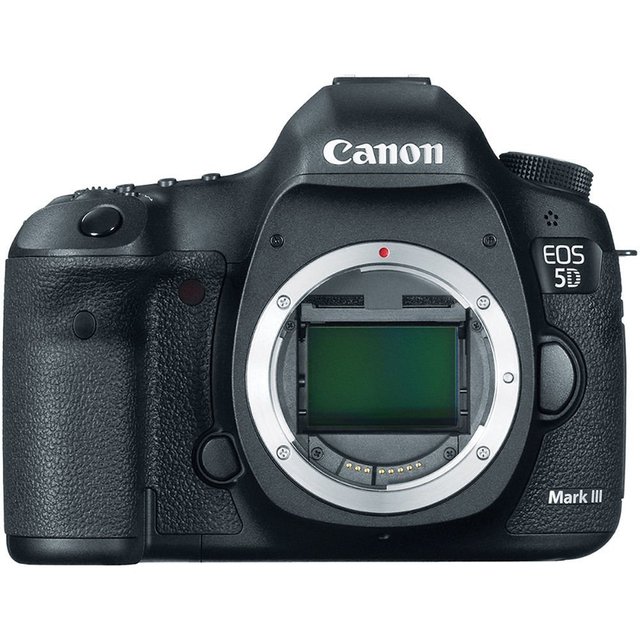The first thing to get out of the way is this article is not intended in any way to advise any reader on whether they need a full frame camera or whether they need a Nikon, Canon, Sony or any other brand. I am a firm believer that a decent photographer can make great images with any modern camera body. The technology in these cameras has come so far that you cannot use your gear as an excuse. That being said, there are some valid reasons you may want to upgrade to a full frame camera. This article is intended to show you the most inexpensive options out there.

What is a full-frame camera
Full frame for a camera refers to the sensor size. A full frame camera has a 35 mm sensor. This was the standard in film photography long before digital entered the scene. These days there are a lot more options when it comes to sensor size, each with different strengths and weaknesses. While you could always go medium format if you have a lot of money to spend, most photographers are going to be choosing between one of the available crop sensors or a full frame sensor.
Why some want a full-frame camera
Once again, I am not lobbying for any particular camera sensor. I actually shoot a crop sensor right now, but there are some common reasons people want to go full frame.
Full frame sensors offer a greater field of view. Because the sensor is larger, it can fit more on it. Although different systems use a different crop factor, the easiest explanation of this is that a 24 mm lens on a full frame camera is going to give you the same field of view as a 16 mm on a (Nikon) crop sensor camera. This allows you to capture more of any given scene and is especially helpful in wide-angle photography.
Full frame sensors generally offer higher dynamic range. This means you have a better chance of capturing details in the highlights and shadows.
Full frame sensors typically perform better in low light. Because the bigger sensors can fit bigger pixels and often have better ISO performance, you can get better quality images shooting in low light.
Full frame sensors provide a shallower depth of field. This can be a blessing or a curse depending on what effect you are trying to achieve. Each lens and camera combination will perform differently so there is no set conversation rate for difference in depth of field at any given aperture between crop and full frame, but the difference is often significant, allowing you to achieve greater bokeh with a full frame sensor.
Full frame cameras are typically more tailored to professional photographers. As such, you often find advantages in build quality and features in a full frame camera. This is not always the case and will vary from body to body, but generally you can expect a full frame camera to be a reliable piece of equipment.
Read more on A Guide to the Cheapest Full-Frame Cameras Available...